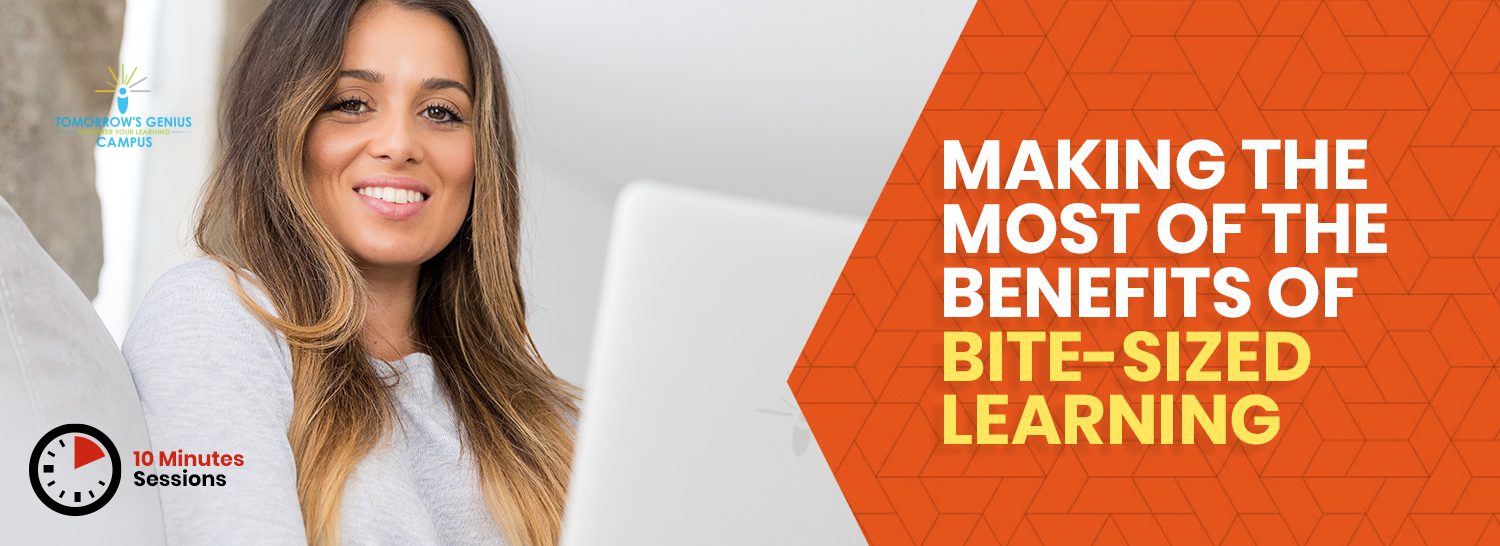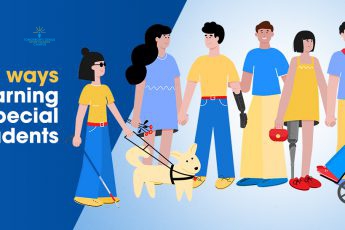Making the Most of the Benefits of Bite-Sized Learning
According to a study by Microsoft in 2018, humans have an attention span of 8 seconds. So, we can assume that shorter online courses will have more of an impact than longer ones. Microlearning, or bite-sized learning, makes online education and training easier for everybody. This form of online education is already popular in corporate training programmes. Let’s take a look at a few bite-sized learning benefits to understand it a little better.
Bite-sized Learning Benefits
- Increased Engagement
Every microlearning session only lasts for around 10 minutes. Since they’re so short, people are more likely to engage with them. These courses hardly take any time, so learners are keen to get involved and do a good job. Higher engagement also means that learners are more open to the information. - Better Retention
There is a strong link between engagement and retention. When learners interact with the course, they are more likely to remember the content. Bite-sized learning courses only focus on crucial information. So, learners can easily retain these concepts when they are presented as microlearning sessions.
The Difference Between Shortening and Condensing
 While creating microlearning courses, educators may confuse condensing with shortening. Educators may choose to ‘shorten’ a lesson. They can do this by breaking down large modules or videos into manageable chunks. Sadly, this means that each session may contain some unnecessary information. Often, this will lead to more online learning issues than solutions. Instead of shortening existing content, educators should condense their course. They can look at a long lesson and take out all the unnecessary information. By weaving all the crucial information together, educators can create great microlearning courses.
While creating microlearning courses, educators may confuse condensing with shortening. Educators may choose to ‘shorten’ a lesson. They can do this by breaking down large modules or videos into manageable chunks. Sadly, this means that each session may contain some unnecessary information. Often, this will lead to more online learning issues than solutions. Instead of shortening existing content, educators should condense their course. They can look at a long lesson and take out all the unnecessary information. By weaving all the crucial information together, educators can create great microlearning courses.
Microlearning Best Practices
If you’re struggling to convert your long course into a bite-sized one, we’re here to help. Here’s a look at a few tips that you can keep in mind while creating microlearning sessions:
- Focus on the Most Important Concepts
Each module you create must deal with only the most vital concepts. Sessions should be seven minutes or shorter. Start by outlining your learning objectives and explaining them in less than 900 words. You can then create a microlearning course that aligns with your learning objectives. - Let Training Needs Guide Your Course
Think about your learners’ needs. What is it that you need to teach them? Let this be the driving factor while creating your course. Think about the most concise way in which you can present this information. - Make Use of Learning Activities
 You can boost engagement with the help of online learning activities. Sessions that include role-playing, gamification or scenario-based learning can improve retention and engagement. These activities will help learners remember all the information provided to them. It will also give students a chance to apply their knowledge in real-life situations.
You can boost engagement with the help of online learning activities. Sessions that include role-playing, gamification or scenario-based learning can improve retention and engagement. These activities will help learners remember all the information provided to them. It will also give students a chance to apply their knowledge in real-life situations.
If you’d like to create a microlearning course, you can do so on TG Campus. Our state-of-the-art platform comes with testing and analytics capabilities. You can use these features to measure the impact of microlearning amongst learners. The platform is capable of supporting a variety of content formats. So, you can make use of a wide range of teaching and training techniques for the best results.














